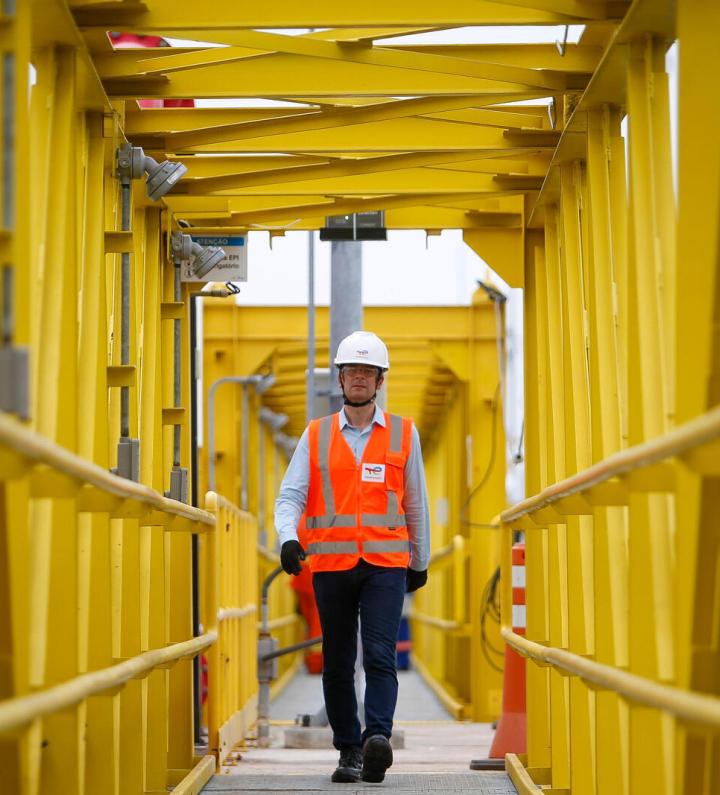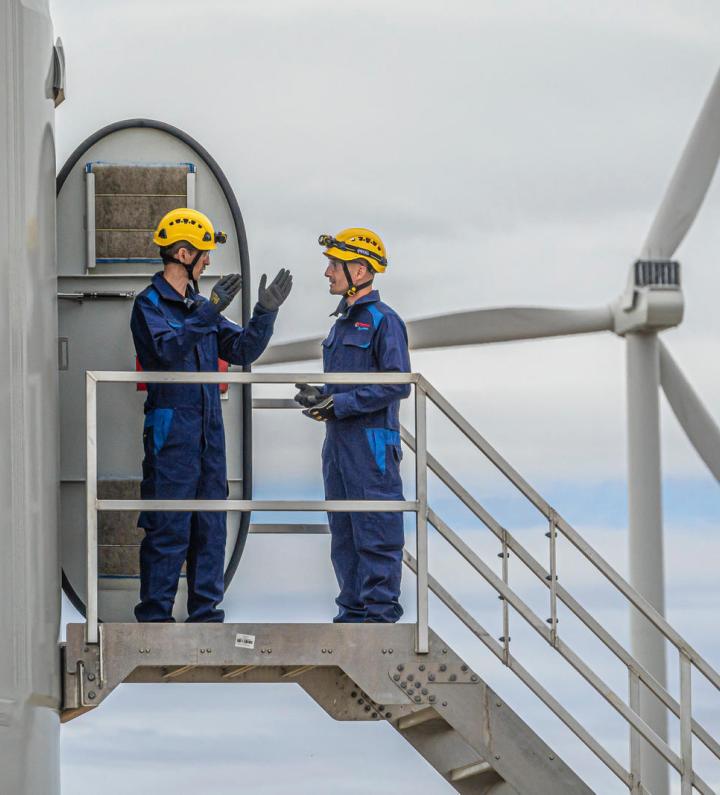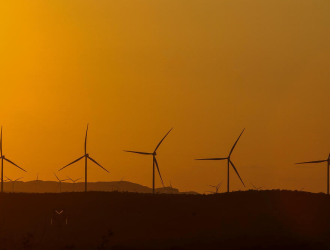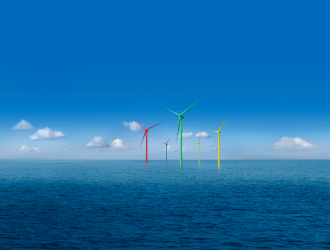Meeting growing global energy demand, while reducing the greenhouse gas emissions associated with energy production and use: faced with this double challenge, we are developing an integrated and balanced multi-energy transition strategy, as part of our approach towards carbon neutrality, together with society.
More energy, less emissions
Energy is an essential resource, everywhere indispensable for living: for food, lighting, heating and cooling, transport, healthcare, construction and trade. It is also at the heart of the climate challenge, as the global energy system still relies 80% on fossil fuels.
Historically, energy demand has increased in line with demographics and rising living standards. The global population is set to increase by almost 2 billion inhabitants between 2023 and 2050. This outlook will have significant consequences on the achievement of the UN Sustainable Development Goals (SDGs) to improve prosperity and social well-being while protecting the environment and biodiversity.
There is an urgent need to accelerate the development of a decarbonized energy system, while maintaining the current energy system at a high enough level to be able to meet global demand and organize a just, orderly and equitable transition of energy systems.
A balanced integrated multi-energy strategy
Our integrated multi-energy strategy is built on two pillars: Oil & Gas – in particular liquefied natural gas (LNG) – and Electricity (Integrated Power), the energy at the heart of the transition.











